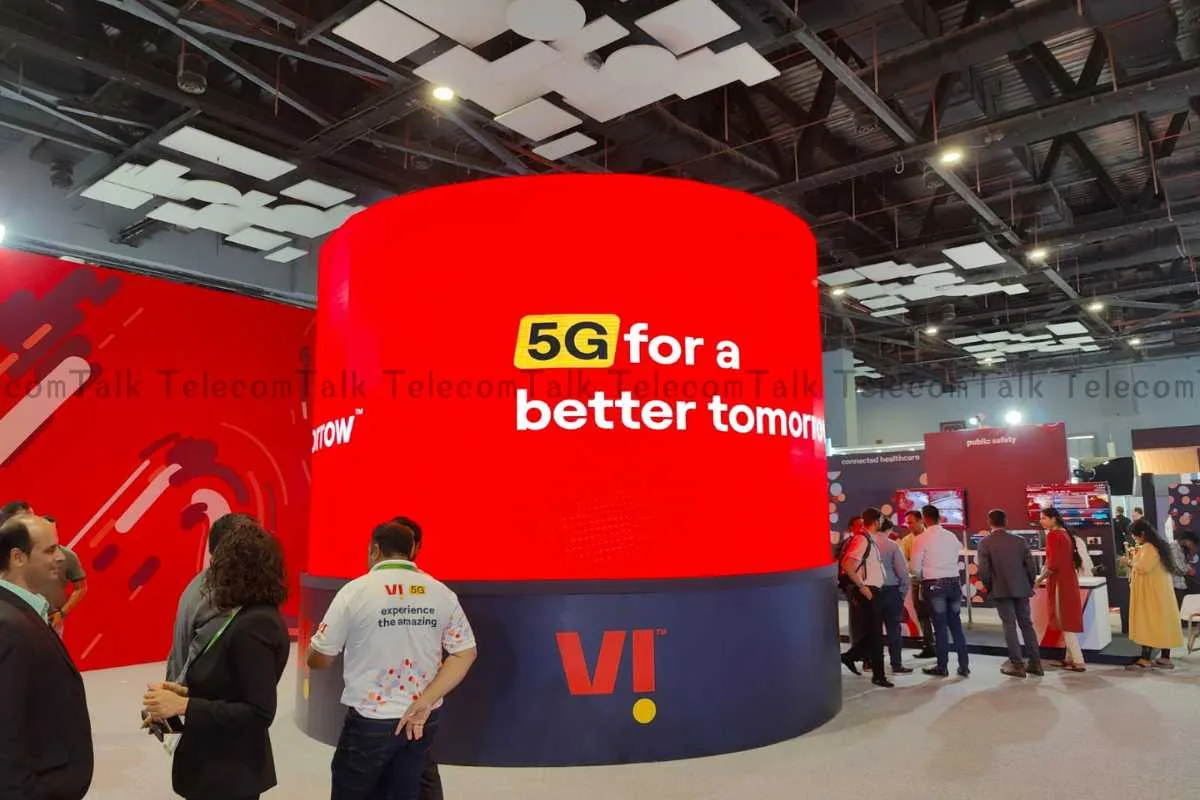
Vodafone Idea (Vi), the third-largest private telecom operator in India, is set to begin rolling out commercial 5G services by March 2025 across 17 priority circles, starting with Delhi and Mumbai. Vi aims to reach at least 90 percent of India's population with 4G coverage by June 2025, according to the company's Chief Technology Officer (CTO), as reported by ET.
Also Read: Vodafone Idea Showcases AI-Powered Solutions at IMC2024
Revival Plan
As part of its revival plan, Vi has raised equity funding of Rs 24,000 crore, including Rs 18,000 crore from a follow-on public offer. The company has previously stated that much of these funds will be used to improve 4G coverage and roll out 5G to prevent further subscriber losses.
"We are going a little slow (with 5G), but we will be doing 5G in Delhi and Mumbai first, and of course, all metros and major cities across 17 states (circles)," the report quoted Jagbir Singh, Vi's Chief Technology Officer, as saying.
"Today, nearly 1.03 billion people are covered with around 77 percent 4G coverage. As of now, we want to increase this 77 percent to at least 90 percent," Singh said, adding that the company expects to achieve this target by June next year.
Also Read: Vodafone Idea Enhances Network Coverage in Punjab with New Spectrum Deployment
Late to 5G
Vi is a late entrant into the 5G space due to financial challenges. Singh anticipates that the company will be able to curb subscriber losses with within a quarter of network completion, according to the report.
Additionally, he mentioned that the joint venture between the UK's Vodafone Group and India's Aditya Birla Group would continue focusing on the 17 licensed areas or telecom circles for both 4G and 5G coverage, including roaming customers.
Vi Spectrum Resources
Reportedly, Vi will concentrate on expanding and deploying 4G to improve network quality, provide more capacity, and fully leverage its spectrum holdings to meet growing demand. Vi holds spectrum in the 900 MHz, 1800 MHz, 2100 MHz, 2300 MHz, and 2500 MHz bands.
Leveraging 900 MHz for Coverage
"In the 900 MHz band we had only 55,000 sites. Now we are going to 150,000 sites, out of which 50,000 are already done, crossing 100,000 sites. Another 50,000 sites will be done by the next nine months," Singh said, according to the report.
The 900 MHz band is the top focus for the operator, as it offers better coverage, especially indoors, in cities. Singh also mentioned that there are no hurdles in the execution of the project, and that all tower companies, including Indus Towers, ATC, and Tower Vision, have accepted Vi's requirements until March.
"Everybody is working to make the towers available from the first or second week of November, so we can start all out. So, I see no challenge in terms of execution of the project," Singh was quoted as saying.
The CTO did not comment on the clearance of previous dues to tower companies such as Indus Towers. However, the telco will not be renewing expiring network contracts with Chinese-origin vendors, according to the report.
"When we floated a request for proposals (RFP), it included these Chinese equipment swap plans, if not immediately, but at least keeping in mind some equipment will come to end of life, end of support, so we will replace them. But do we have the plan within, like two years, to replace everything? The answer is no," Singh was quoted as saying.
Also Read: Vodafone Idea Completes Network Deployment on Mumbai Metro Line 3
Leveraging vRAN
Vi has been working with South Korean firm Samsung in the Karnataka, Bihar, and Punjab circles and is leveraging virtualised radio access network (vRAN) technology.
Experience With O-RAN Not Encouraging
Reportedly, Singh also noted that Vi's experience with openRAN has not been very encouraging so far.
Under its partnership with US-based Mavenir, Vi has deployed an open network (O-RAN-based) at 25 sites in Jalandhar.
"This was given (to Mavenir) around a year back, for 4G and 5G both. So, we had done the deployment, and initially we had a lot of hiccups. There is no doubt about it – the maturity of openRAN is still not there. In fact, TCO (total cost of ownership) is more expensive rather than being cheaper (than classical RAN)," Singh was quoted as saying, who also added that Vi does not expect large commercial deployments in the near future.
No Use Case for Private 5G Networks
According to the report, the CTO also said private 5G networks for enterprise deployments have not taken off globally. "And the reason could be that there is no business case. We have done trials for one or two customers. But we don’t actually see a strong use-case for that company or the enterprise that they are able to justify the cost."
Leveraging AI in Telecom
Reportedly, Vi has started discussions with tech companies like IBM, Accenture, Microsoft, and Google to explore how Artificial Intelligence (AI) can be applied in telecom. They are looking to replicate use cases in areas like network planning, operations, automation, and service quality.
Also Read: Vodafone Idea Set to Finalise IT Outsourcing Deals, Reducing Dependence on IBM: Report
Satellite Communications
"Vi does not see satellite communication as competition to terrestrial networks but rather a complement by reaching rural and disaster-prone areas and expanding connectivity," Singh was quoted as saying.







